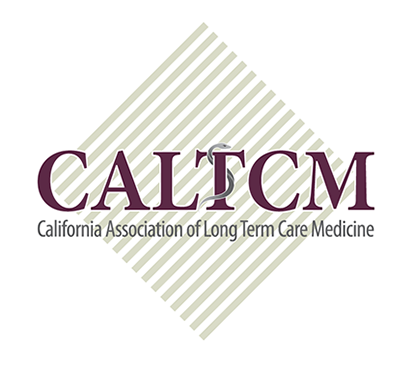Screening for Vitamin Deficiencies in Long-Term Care: Lessons From Daily Practice
Working as a physician and medical director in post-acute and long-term care, I’ve seen how easy it is to miss vitamin deficiencies that have real clinical impact. Many of our residents have age-related malabsorption, multiple comorbidities, and limited diets; add polypharmacy and functional decline, and the risk grows. Over the past few years, I’ve started screening vitamin D and B vitamins in residents with frailty, falls, anemia, cognitive decline, or nonspecific fatigue — and I’ve been surprised by how often this changes care. I’ve found vitamin D deficiency in the majority of residents I check, and more vitamin B6 deficiency than I expected, even in those who looked nutritionally stable on the surface.

